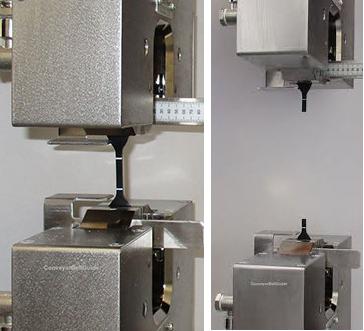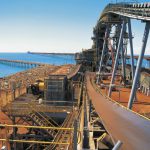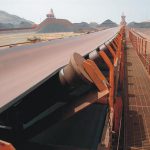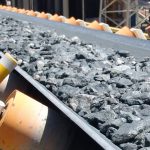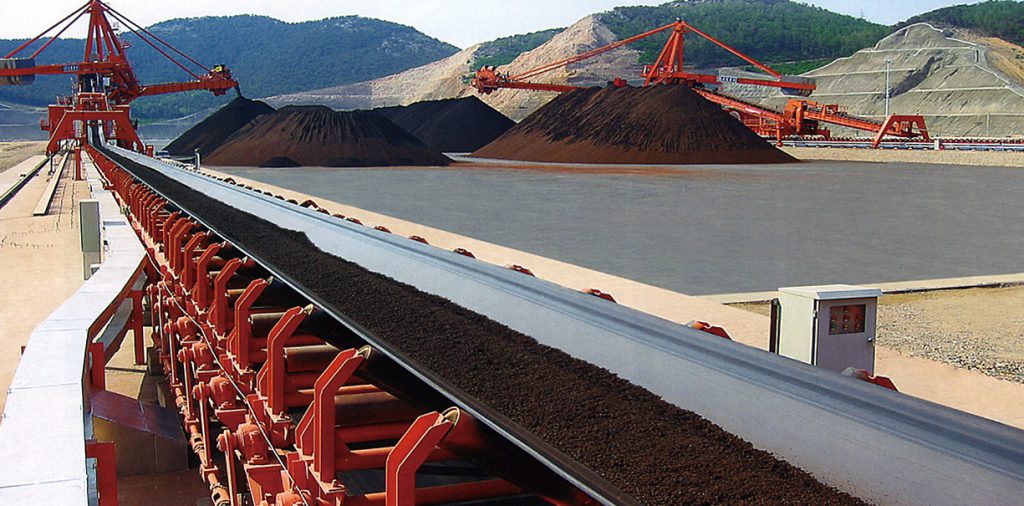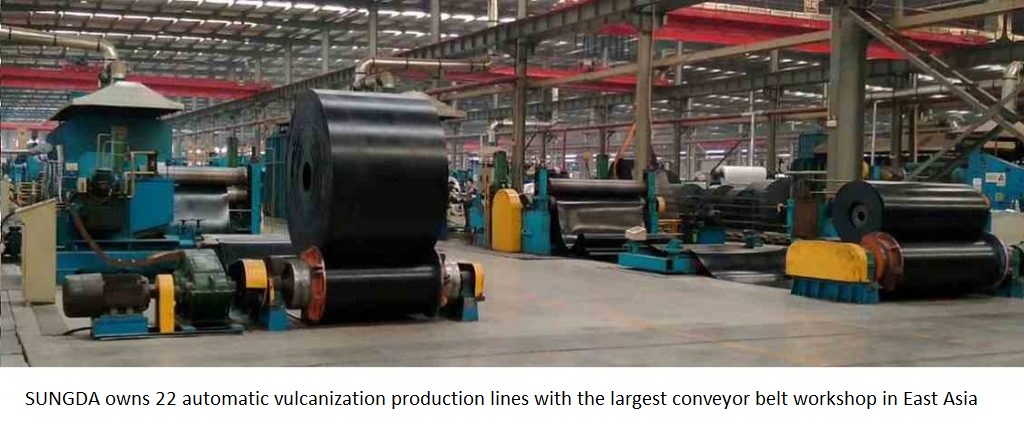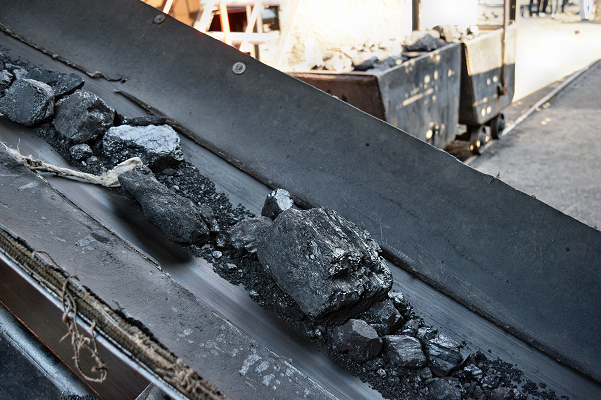How to Choose the EP Layer Number and the Thickness of the Cover Rubber?–SUNGDA Conveyor Belt Co.,Ltd.
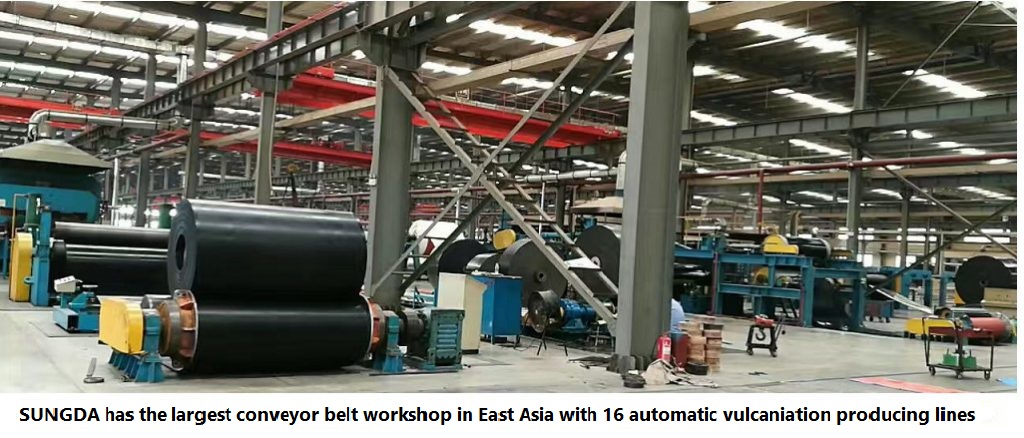
Everyone knows that the conveyor belt is composed of several layers. The top layer is covered with rubber, and the middle is the strong layer. Then, how to choose the number of strong layers and the thickness of the cover layer of the conveyor belt?
1.How to choose the EP layer number of carcass
First of all, we need to know the structure and number of layers of the conveyor, and then we choose according to the type, structure and number of layers of the appropriate carcass material. The most common belt cores are nylon (NN) and polyester fabric conveyor belt (EP). The core of laminated conveyor belt has developed from natural fiber to synthetic fiber, multi-layer to few layers, low strength, low modulus to high strength and high modulus. Under normal circumstances, the number of carcass layers of the conveyor belt should not exceed 6 layers, and the number of EP conveyor belts should not exceed 5 layers. The number of carcass layers has strict requirements on the diameter of the conveyor pulley. If the diameter of the pulley is too small, the resistance of the conveyor belt when turning by the pulley will increase, which will easily cause fatigue and wear of the cover rubber. At the same time, it will also increase the carcass layer rubber and strengthen The fatigue degree of the layer and cover rubber, thereby shortening the service life of the conveyor belt. If you really encounter a situation where the diameter of the conveyor pulley is small and cannot be changed, you can consider increasing the strength level of the core reinforcement material to reduce the number of layers of the carcass and make the conveyor belt and the conveyor pulley match better.

2.How to choose thickness of cover rubber.
The thickness of the covering layer on the conveyor belt is directly affected by factors such as the abrasion, lumpiness, sharpness of the edges, and the cycle period of the conveyor belt. The thickness of the upper cover layer is related to the following conditions: the sharpness of the material increases, the thickness of the cover layer should increase; the increase in the weight of the material block needs to increase the thickness to cushion and avoid tearing the conveyor belt; the thickness of the conveyor belt cover layer varies with the conveyor belt The cycle period decreases and increases; a certain thickness is required to facilitate the vulcanization of the joint.
Generally speaking, heavy-duty materials, materials with sharp edges, materials with greater wear and tear, and materials transported at high speed and short distances require a large thickness of the upper cover layer. In contrast, granular materials, non-abrasive materials and low-speed and long-distance transportation require a smaller thickness of the upper covering layer of about 3mm. In order to avoid arching of the fabric conveyor belt, the ratio of the thickness of the upper and lower layers of the load-bearing surface should not be greater than 3:1. Generally, this ratio is not limited for the steel cord core belt.
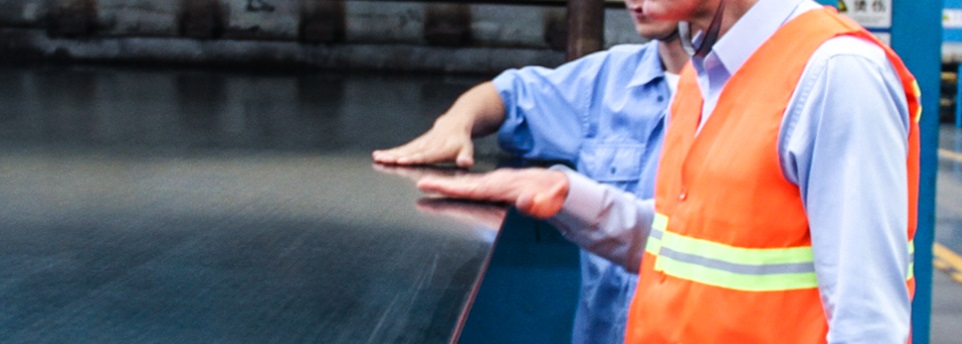
3.Selection of cover rubber thickness for special purpose conveyor belts
When choosing a conveyor belt, it depends on the environment in which it is used. The working surface thickness of the heat-resistant, cold-resistant, oil-resistant, acid- and alkali-resistant conveyor belt should not be less than 4.5mm, and the thickness of the upper and lower covers should be multiples of 1.5.

SUNGDA CONVEYOR BELT COMPANY
SUNGDA Official Website: https://www.sungdagroup.com

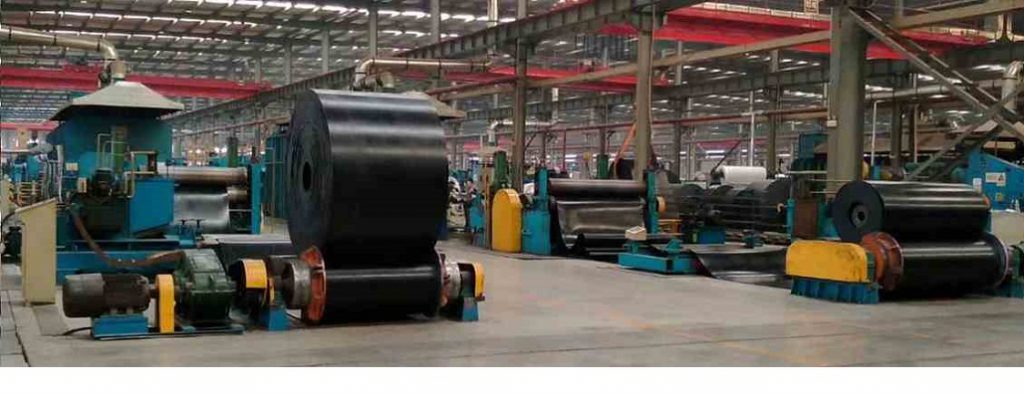
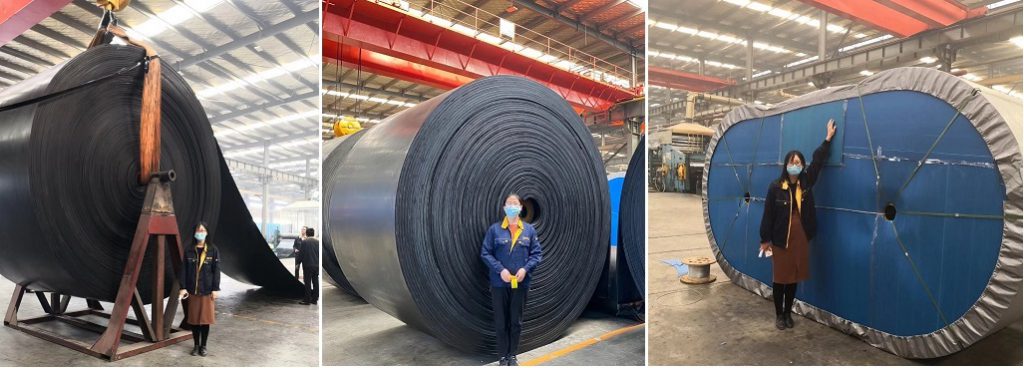

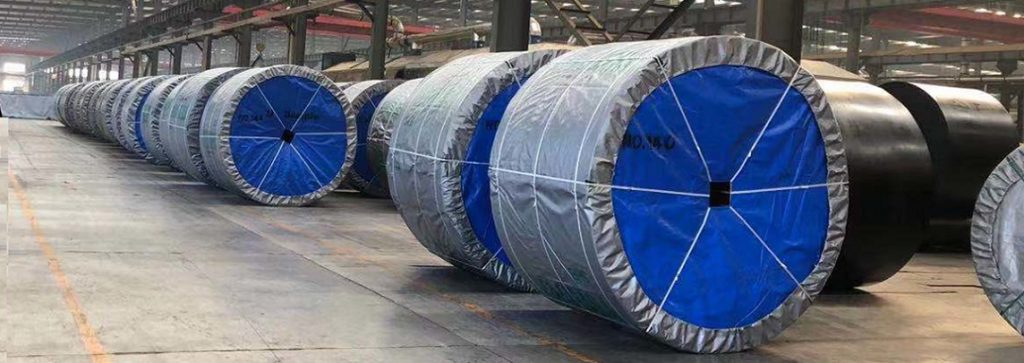
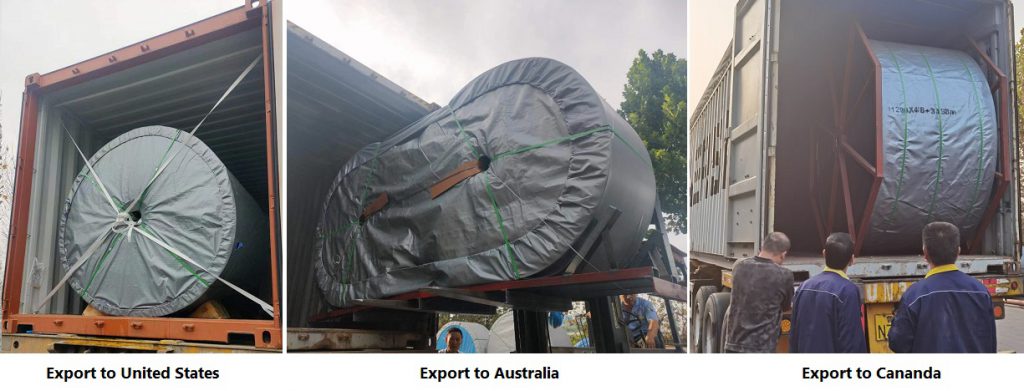
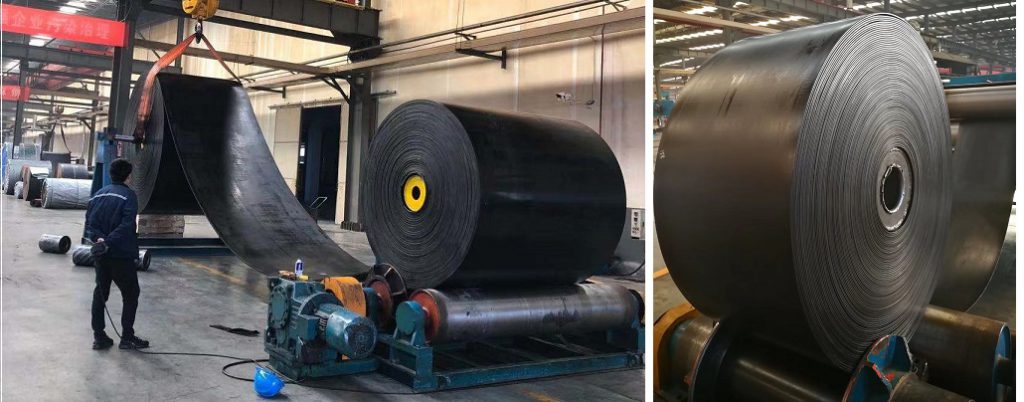
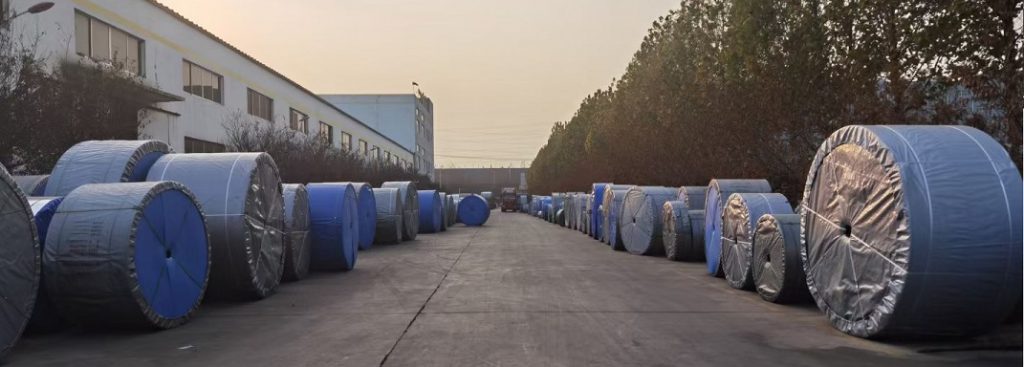
Tags: conveyor belt thickness,EP conveyor belt,ep layer,ep ply

